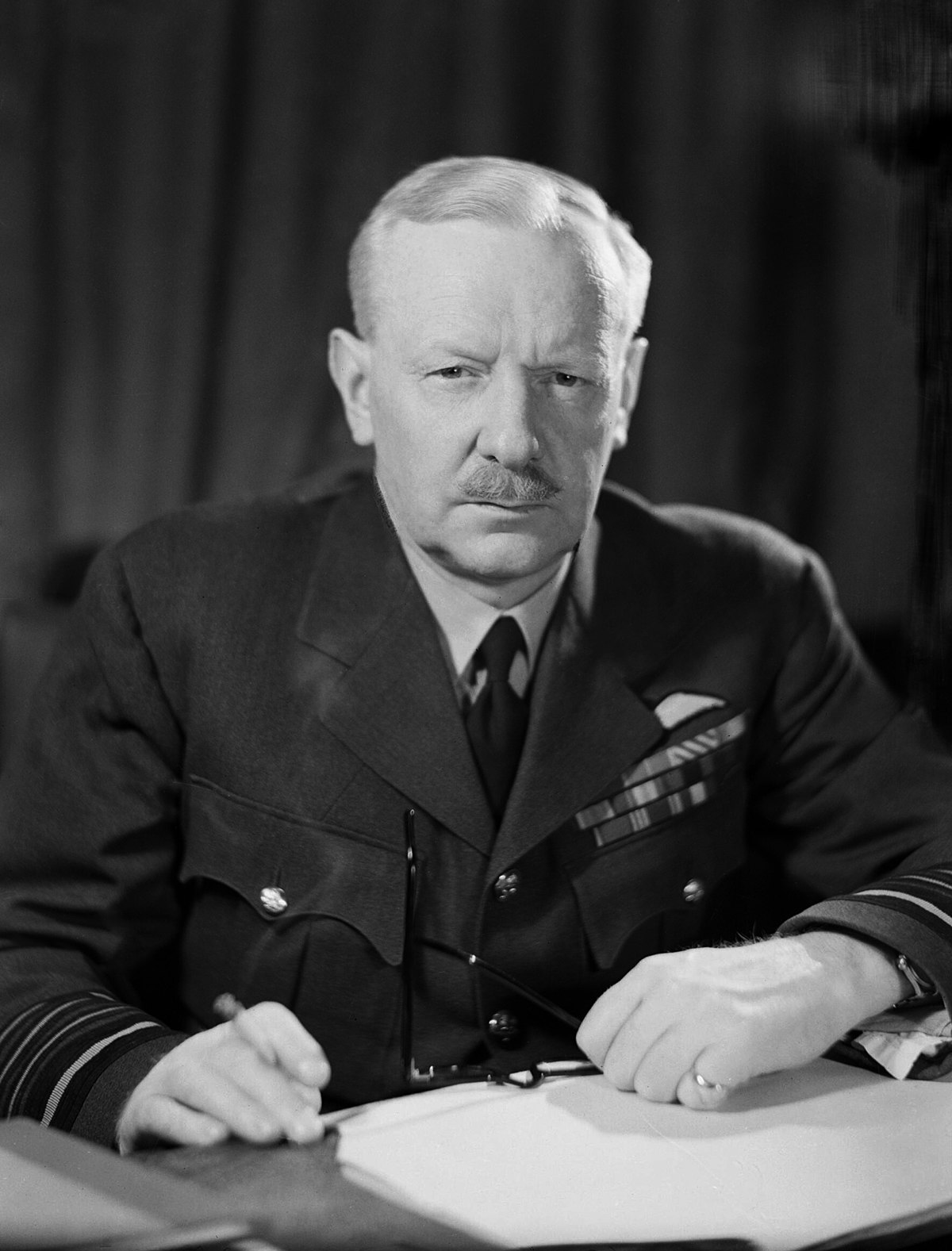Its been a while since I've posted in this thread, so here goes.
Carlos I, King of Portugal from December 19, 1889 until his death of a heart attack on November 11, 1920. On February 1, 1908 he survived an assassination attempt by radical republican assassins known as the Lisbon Regide. However, his son the crown prince was not so lucky, leaving King Carlos I in a state of depression for a number of years. His reign also saw Portuguese neutrality in the Great War (1914-1917).
Luís Filipe, Prince Royal of Portugal, who was killed on February 1, 1908 in the Lisbon Regicide. His death sent the Portuguese nation into a state of mourning and helped to largely discredit the Republican cause in Portugal, with the Portuguese Republican Party deciding not to launch an armed insurrection at their party congress in 1909.
King Manuel II "the Patriot", King of Portugal from November 11, 1920 until his death on July 10, 1946. His mostly peaceful and prosperous reign saw the appointment of the arch-conservative monarchist Henrique Mitchell de Paiva Cabral Couceiro as Prime Minister in 1926. His reign also saw the appointment of the Actionist-inspired, corpratist and monarchist
Integralismo Lusitano government of José Hipólito Raposo in 1933, and the return of democracy and parlimenarism with dismal of the Raposo government in 1946 after the end of the Second Great War, with José Norton de Matos as interim-Prime Minister.
Duarte II of Portugal, King of Portugal from 1946 to 1982 and a distant cousin of King Manuel II from the Miguelist Branch of the House of Braganza. His reign saw the foundation of the Portuguese Federation in 1966 under Prime Minister Humberto Delgado. His son became King Duarte III of Portugal, king of Portugal from 1981 to the present day.


